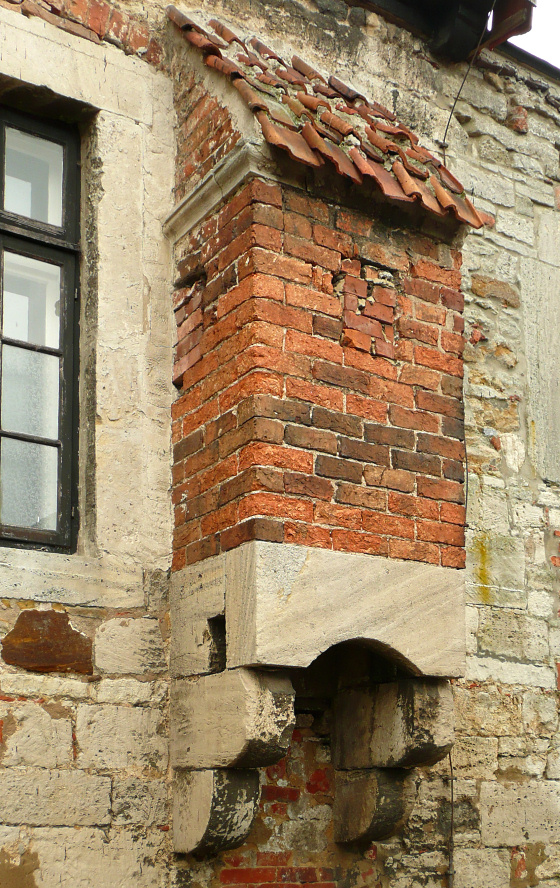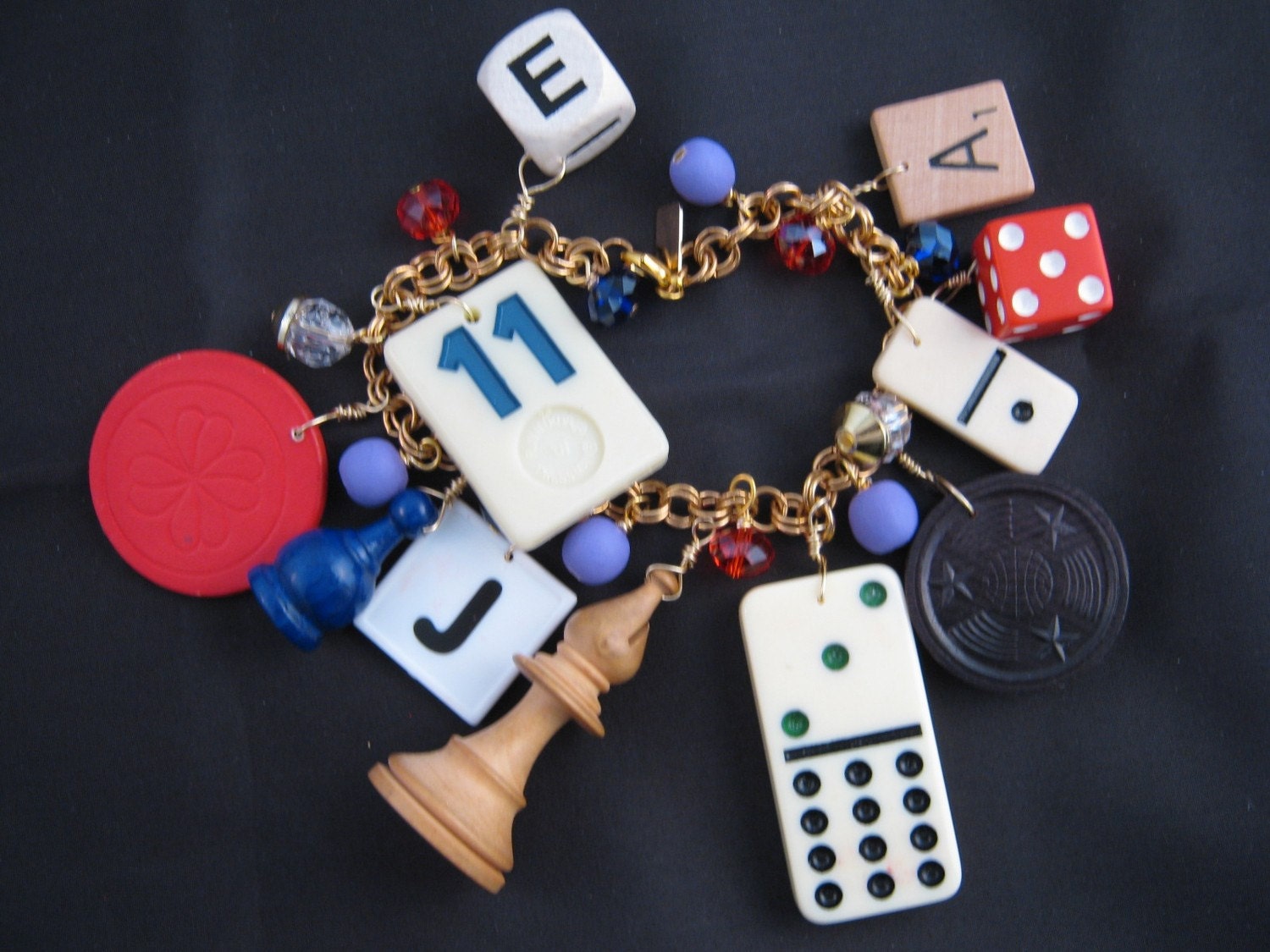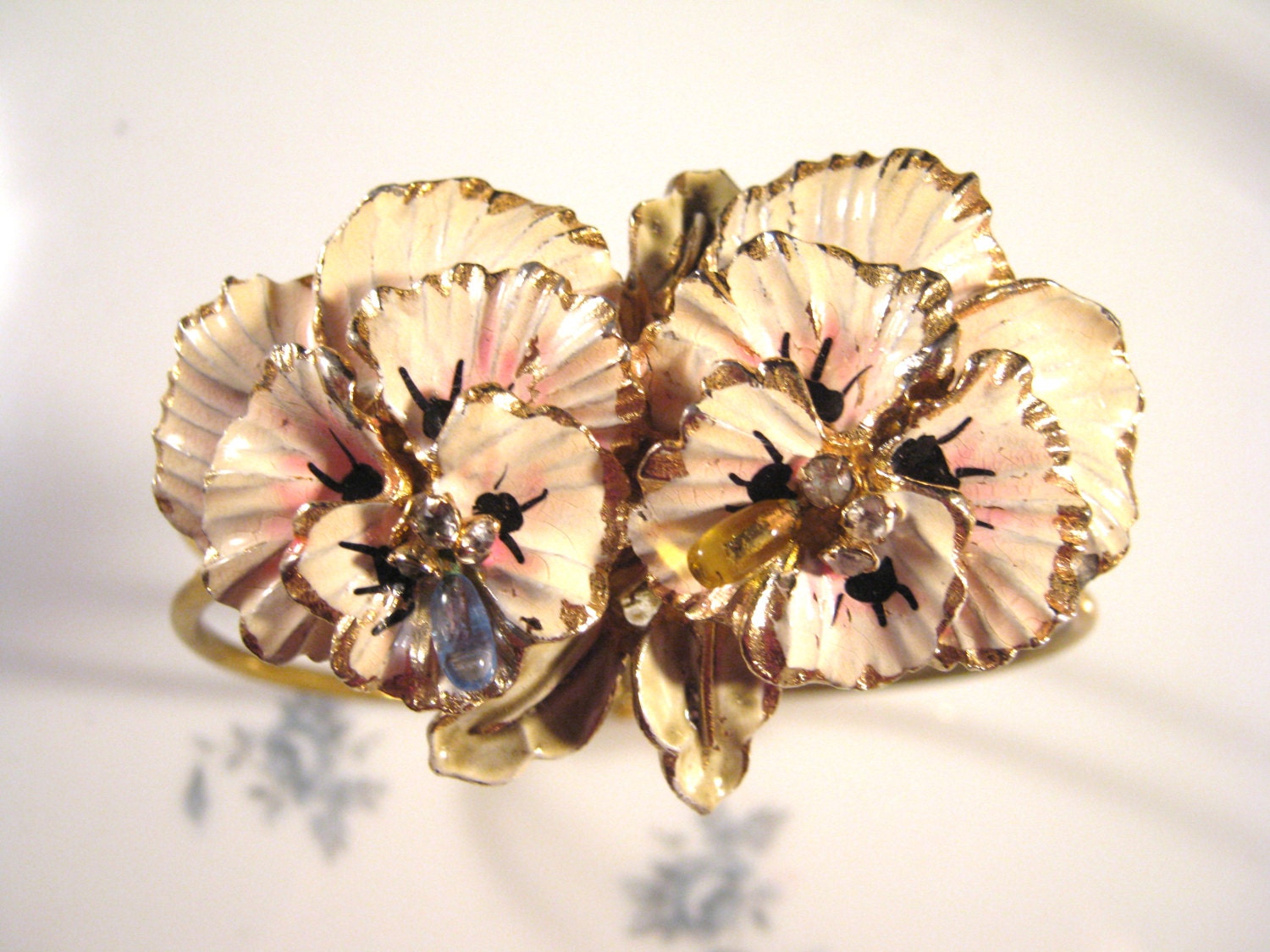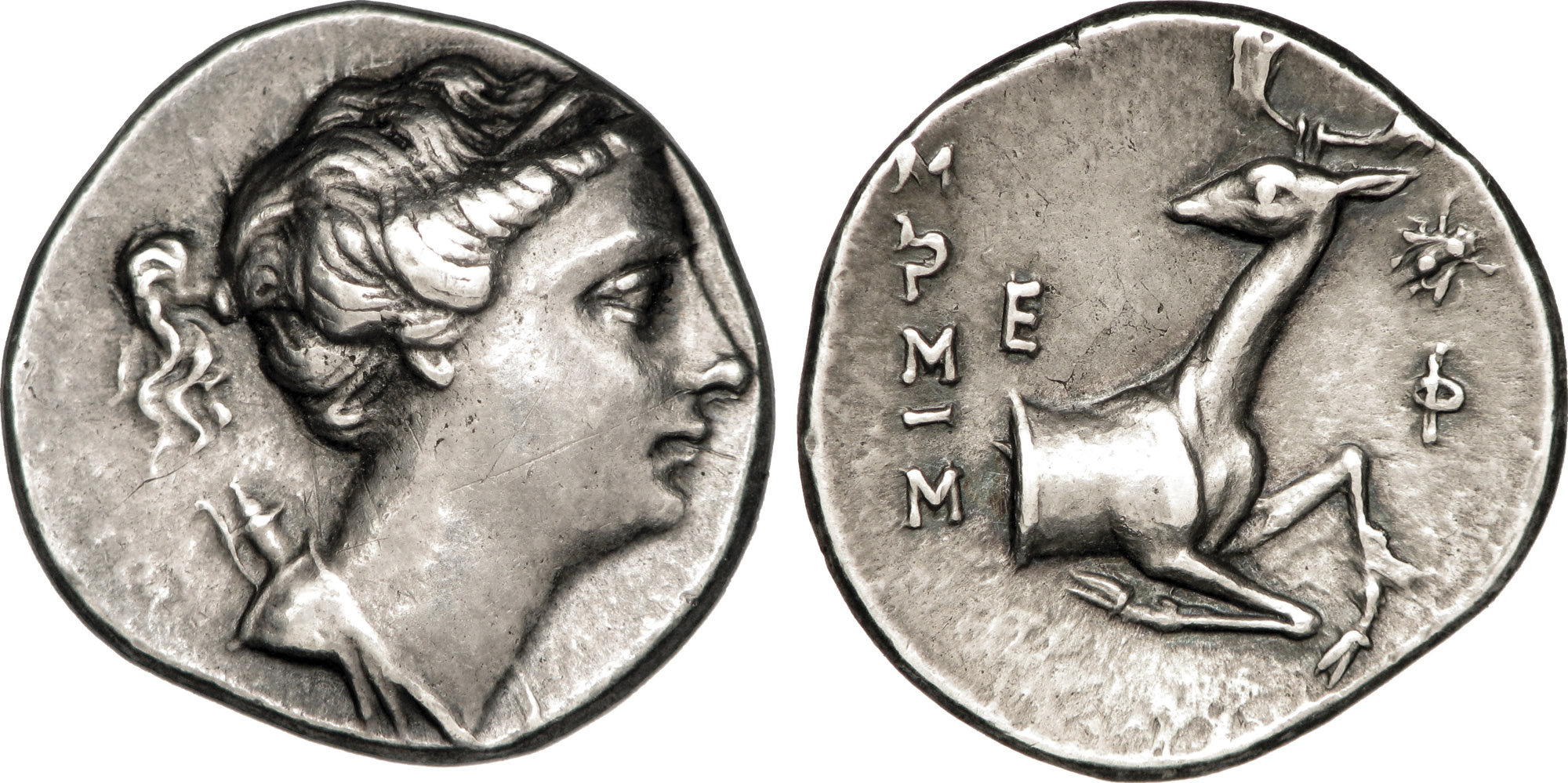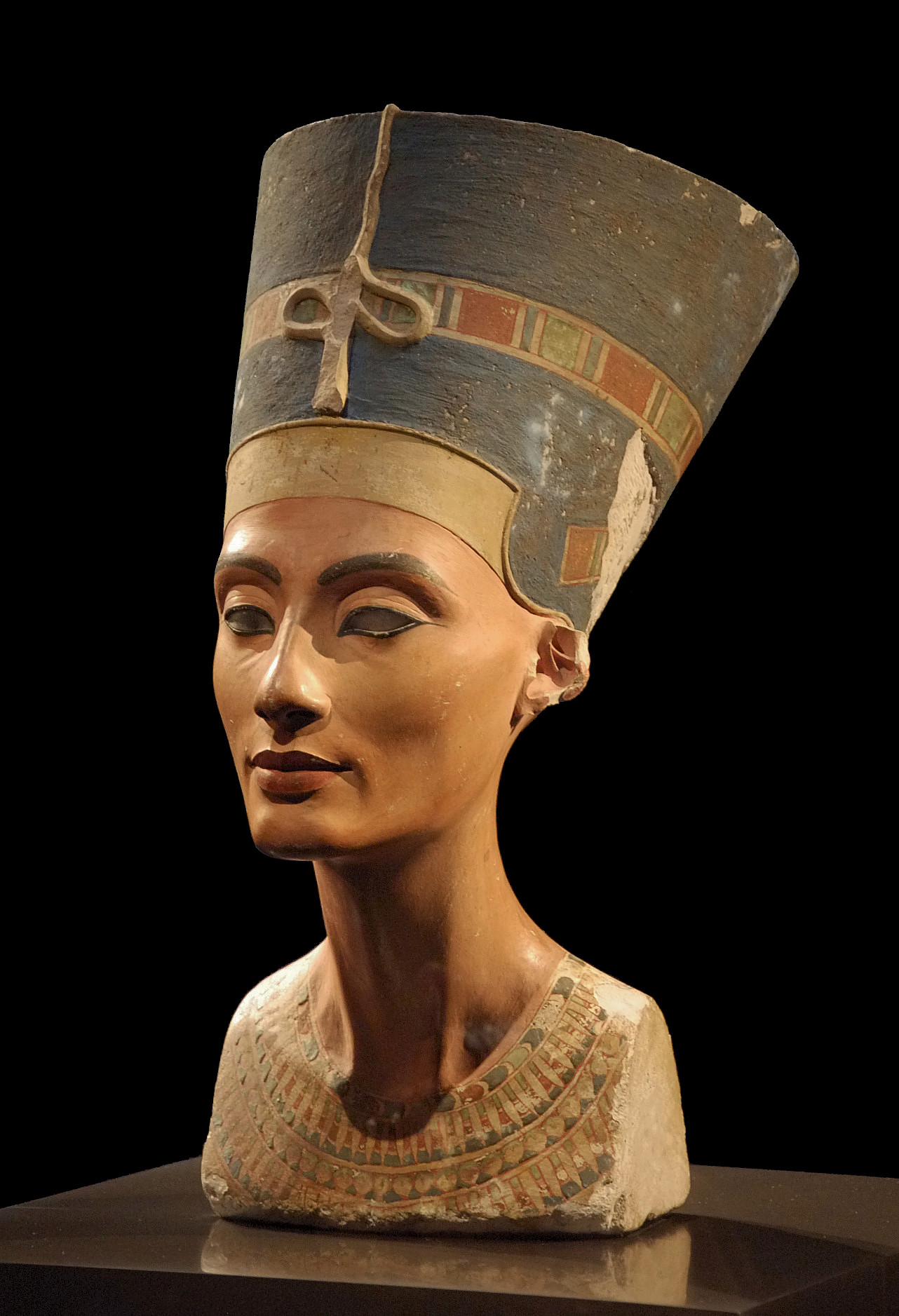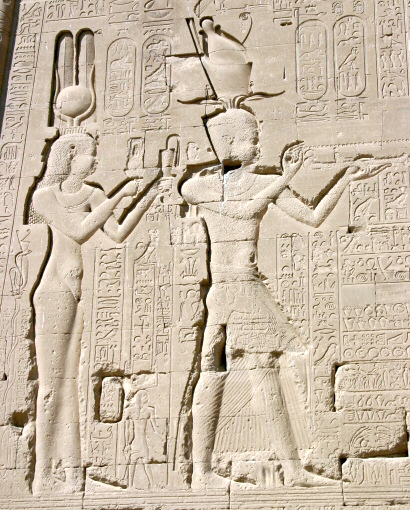 |
|
Polka Dot Shirt, mixed media on canvas, by Erich H. (Autism Services of WNY)
|
A recent report suggests* a link between autism and synesthesia, a neurological condition in which stimulating one sensory or cognitive pathway triggers involuntary experiences in a second sensory or cognitive pathway.
The report is rudimentary in the extreme, being based on an online survey. This is no surprise, since the whole question of synesthesia is largely unstudied. That’s a pity, since managing neuroplasticity has so much potential for some of the most intractable diseases we humans face. Who knows whether the cures for Parkinson’s, Alzheimer’s, ALS, or Huntington’s might be found in the ability of the brain to work along duplicate pathways?
 |
|
Guitar, acrylic on canvas, by Erich H. (Autism Services of WNY)
|
When I read this story, my thoughts immediately went to a young man I’ve known since before he was in short pants. It’s no surprise that Erich can draw and paint beautifully. I’ve known his mother since she was in short pants and she’s a very talented woman.
 |
|
Batman and Tops with Hearts and Candy Bars, mixed media on paper, by Erich H. (Autism Services of WNY)
|
I asked Erich’s mother if she thought synesthesia contributed to Erich’s painting ability, and she answered, “Possibly. He does have perfect pitch, too.”
 |
|
Yellow Ceiling Fan on Black, mixed media on canvas, by Erich H. (Autism Services of WNY)
|
Erich is hardly alone in being a talented artist with autism. For the past decade, Autism Services of Western New York has run an art program for its clients. Not only are they exposed to various materials and resources, but their work is shown regularly in commercial and public venues across the greater Buffalo area.
If you’re interested in seeing their clients’ work in a real-world setting, check here for a list of venues. If you’re on Facebook, like Autism Services of Western New York on your news feed.
Let me know if you’re interested in painting with me in Maine in 2014 or Rochester at any time. Click here for more information on my Maine workshops!





